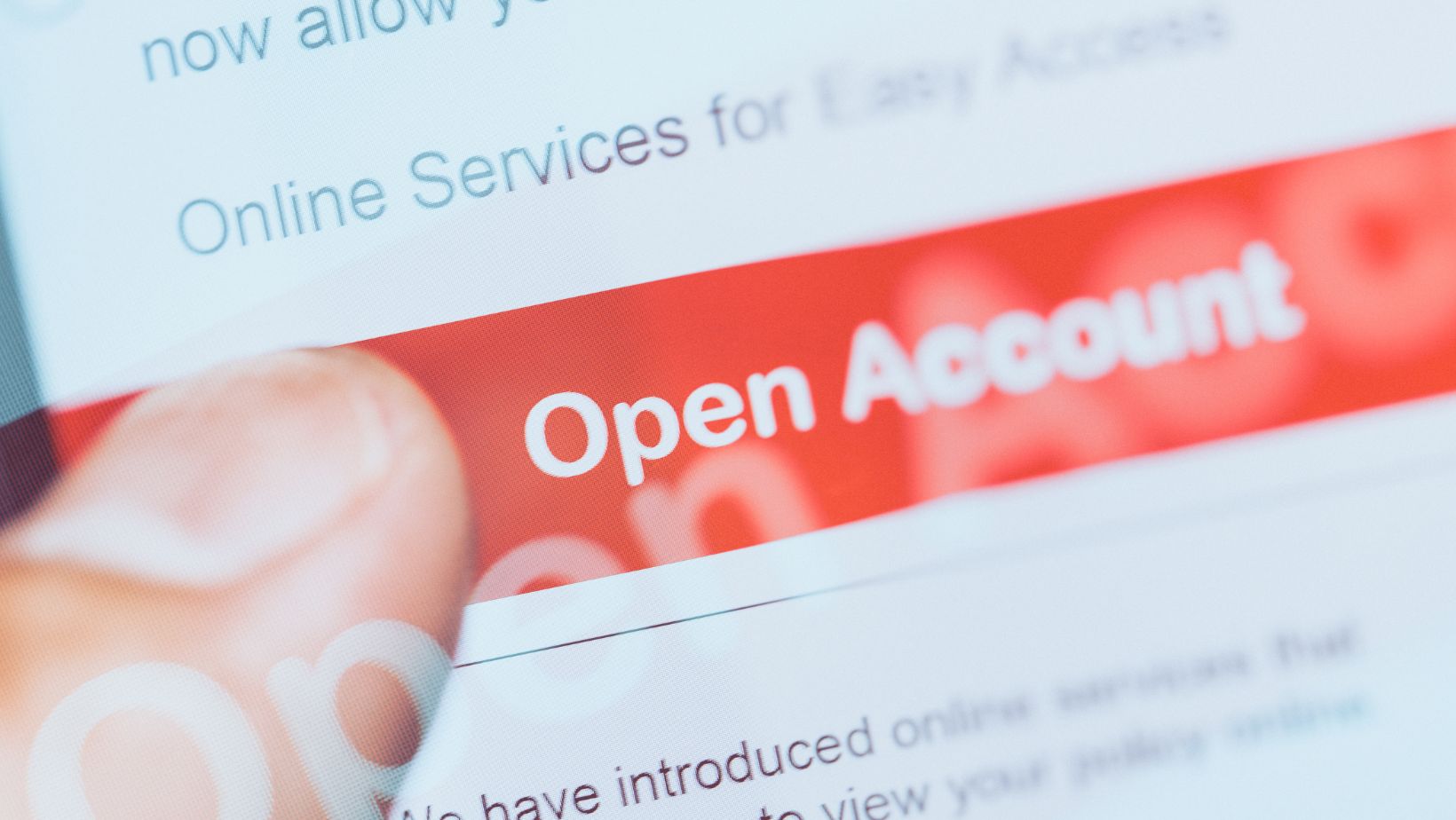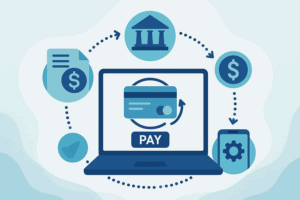U.S. consumers pay an estimated $82 billion in payments and bank-related fees, according to a 2024 report by global consulting firm EY-Parthenon.1 That figure, which includes charges like overdraft, ATM withdrawals, and maintenance fees, translates to an average annual cost of over $300 for each consumer.
Hidden fees can erode savings and make managing your finances harder. But you can avoid many of these fees when opening a bank account if you know what to look for.
Read the Fine Print Before Signing Up
Bank fees can catch you off guard if you don’t know they’re coming. However, financial institutions are required to disclose the fees they charge on deposit accounts – information you can usually find in the account agreement or fee schedule.
These documents are sent when you open an account, but you can also ask customer service for copies or find them on the bank’s website. Reading them carefully helps you know what to expect from your account.
Banks also have to notify you in advance if they change their fees. The notification must be in writing unless you consent to electronic disclosures. Either way, reviewing the information your bank sends is key to understanding — and ultimately avoiding — fees.
Pro tip: Read the fine print extra carefully if you’re opening a bank account to take advantage of a promotional offer. Banks may temporarily waive maintenance or ATM fees only to reinstate them after the promo ends.
7 Common Bank Fees You Can Avoid
Bank fees can vary between institutions. Here are seven standard fees with some tips for avoiding them.
- Monthly Maintenance Fees
Banks may charge a monthly maintenance or service fee for keeping your account open and accessible. The fee is typically deducted from your account automatically, so it’s easy to miss if you don’t regularly check your balance.
How to avoid maintenance fees: Many banks waive maintenance fees when you set up direct deposit or keep a minimum amount in your account. Some also drop the fee if you link savings and checking accounts or use your debit card regularly.
- ATM Fees
ATMs are a handy way to access your account, but that convenience can come at a cost – sometimes more than one:
- Bank ATM fee: Banks often charge ATM fees for using out-of-network machines.
- ATM operator surcharge: An ATM owner may levy a fee for using their ATMs when you’re not a customer.
- International ATM fee: Some banks charge a flat fee plus a percentage of your withdrawal when you use an ATM in another country.
Depending on your bank and situation, you may actually face all three fees on one ATM transaction.
How to avoid ATM fees: The easiest way to prevent ATM fees is to stay within your bank’s network. You can usually find the closest in-network ATM on your bank’s website or mobile app. If you travel internationally, look for a bank with a global ATM network. Other options include visiting a local branch, using mobile banking, or finding a bank that reimburses out-of-network ATM fees.
- Overdraft & Nonsufficient Fund Fees
Overdraft fees and nonsufficient fund (NSF) fees are both charges you may incur if you spend more money than you have in your account. A bank imposes overdraft fees when it covers transactions that exceed your balance and NSF fees when it declines transactions because the account has insufficient funds.
You must authorize the bank to cover and charge for overdrafts on debit card or ATM transactions. If you don’t give your consent, those transactions will be declined, and you won’t be charged a fee.
NSF fees, however, may apply automatically unless your bank offers alternatives and explains them.2 So, if you make three debit card purchases that exceed your available funds, you may see three overdraft charges.
How to avoid overdraft and NSF fees: Common ways to prevent overdraft and NSF fees are setting balance alerts, finding a no-fee account, or linking two accounts to provide overdraft protection.
- Paper Statement Fees
Printing and mailing paper bank statements every month is a big expense for banks, so many try to balance out the cost by charging a paper statement fee. This fee may be just a few dollars, but that small cost also encourages people to switch to electronic statements.
How to avoid paper statement fees: Go paperless! You can usually do this through your online account settings or by calling your bank’s customer service line.
- Early Account Closure Fees
Banks sometimes charge a penalty if you close an account within a set period of opening it – often between 90 and 180 days. Early account closure fees are common for certificates of deposit, but checking and savings accounts can also have them. The fee helps the bank recover some of the administrative costs of opening an account.
How to avoid early account closure fees: The key here is to know if your account has a closure fee. If it does, you also need to know the time frame and how much it costs if you withdraw before the period ends.
- Excessive Transaction Fees
An excessive transaction fee is a penalty banks may charge if you exceed the limit of withdrawals or transfers within a specific timeframe. These fees typically appear on savings accounts intended for long-term deposits.
How to avoid excessive transaction fees: One of the best ways to avoid excessive transaction fees is to open a checking account. Checking accounts are designed for paying everyday expenses and seldom have transaction penalties.
- Inactivity fees
An inactivity or dormancy fee may kick in if you don’t use your account over a certain period. Depending on the bank and the account, that period may be anywhere from six months to one year or more.
How to avoid inactivity fees: Probably the most important tip for preventing inactivity fees is only to have the accounts you need. When every bank account has a purpose, your money is easier to track and manage.
Putting It All Together
Avoiding hidden fees isn’t about luck – it’s about being informed, reading the fine print, and asking the right questions. Researching fees before you open a bank account is an effective way to get the information you need. By staying vigilant and understanding how your account works, you can sidestep unnecessary charges and keep more of your money where it belongs.
















